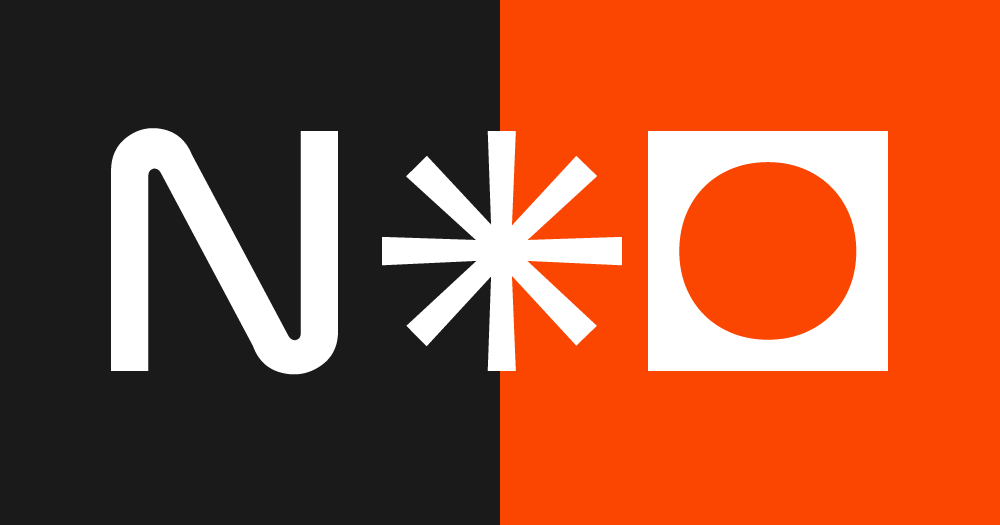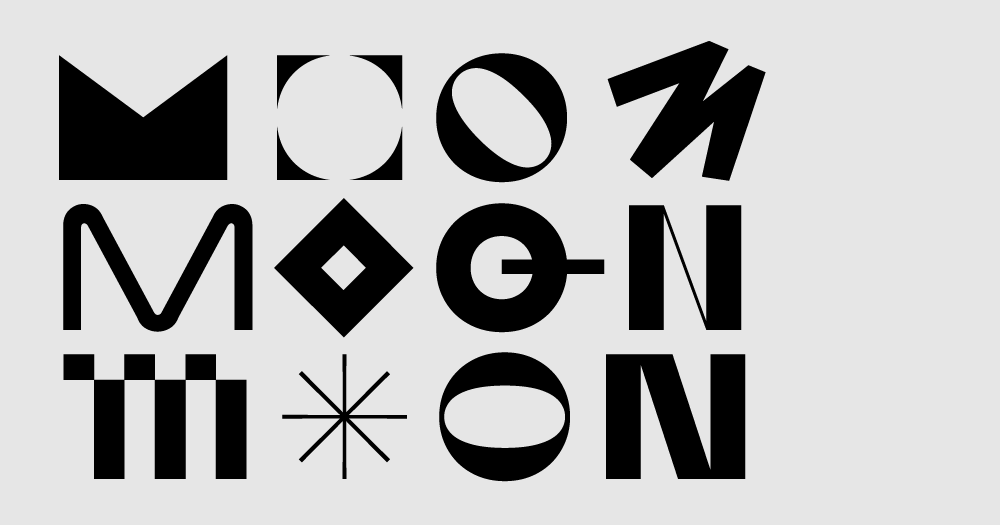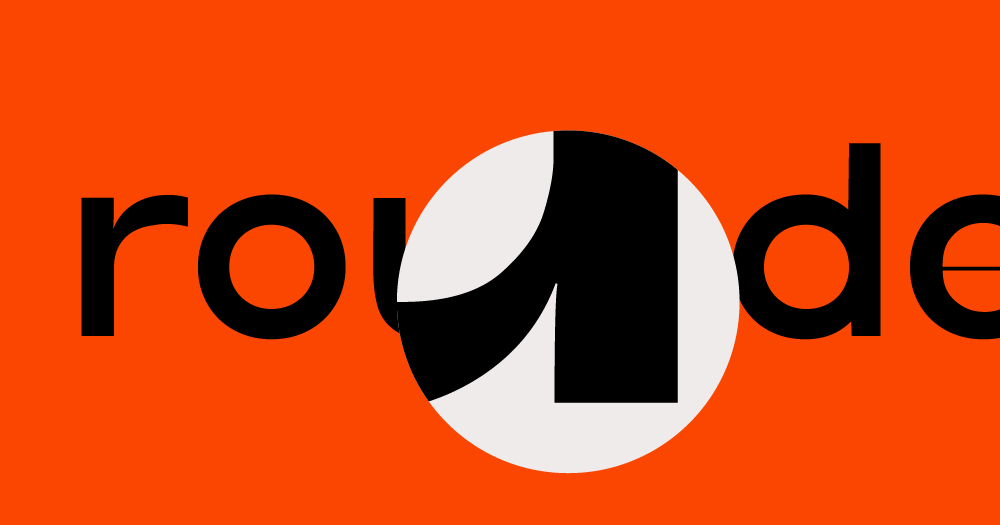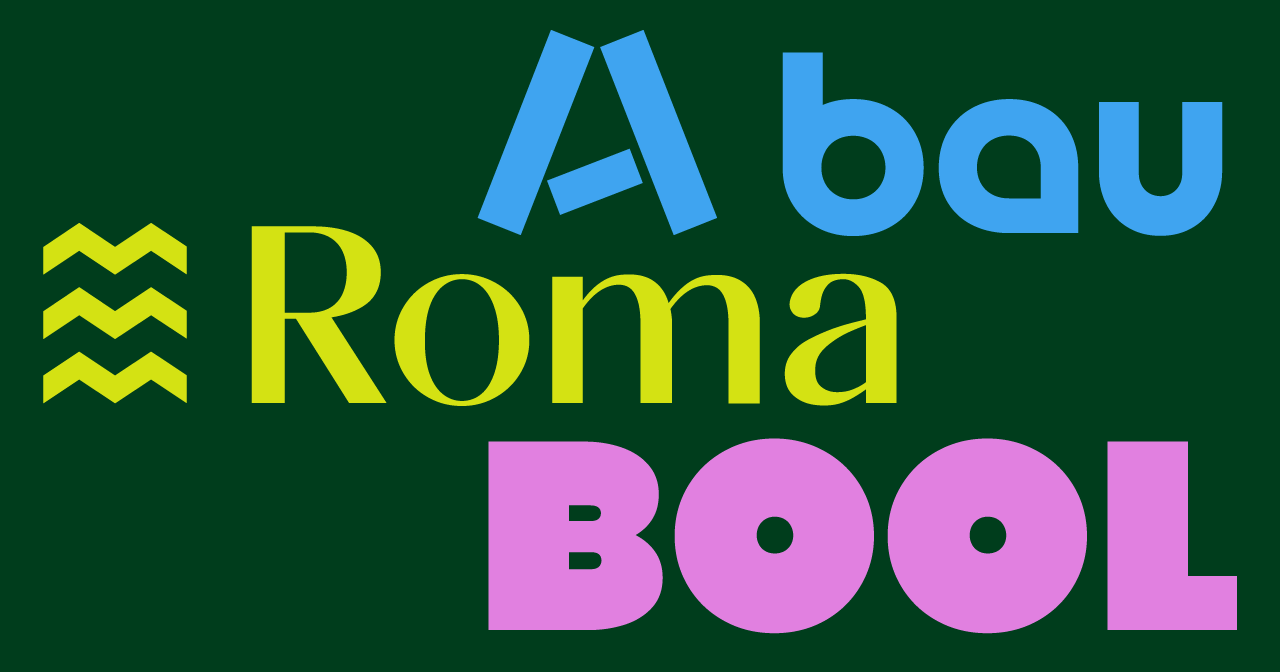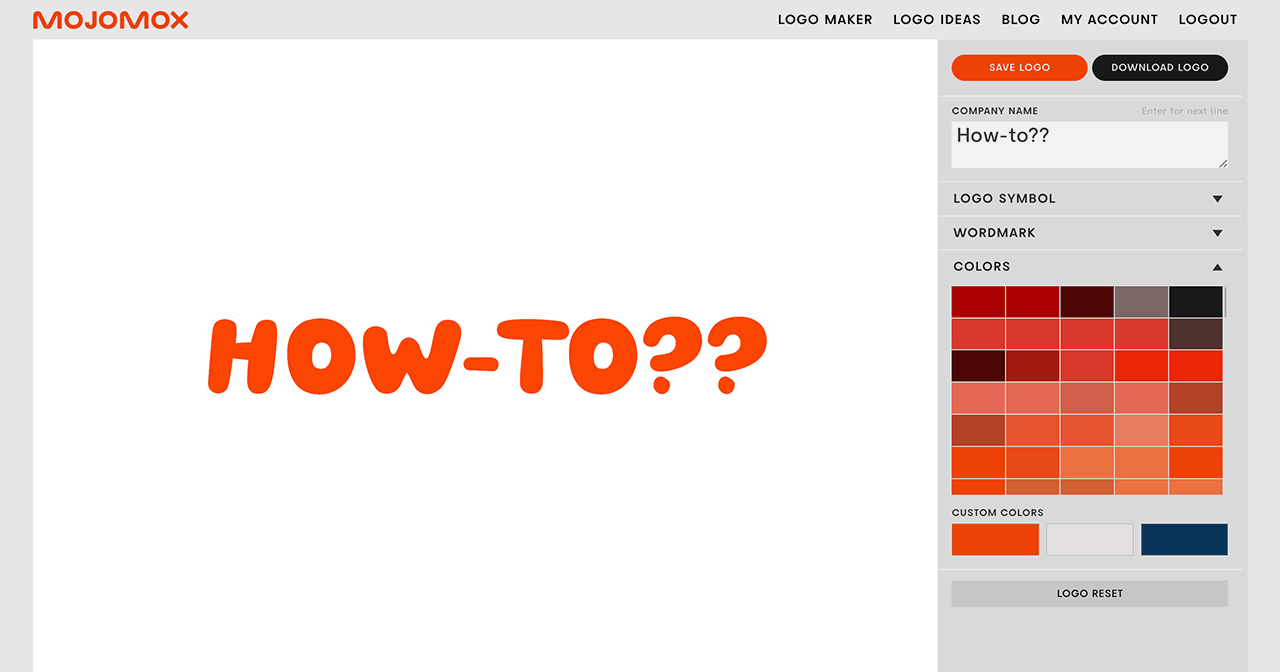Brand Personality: Making It Relatable

What’s a brand personality?
In a world saturated with brands, how many do you actually connect with? Probably not too many. That’s where brand personality comes in. It’s your brand’s tone, perspective, and point of view—the traits that make it relatable. Think of it as your smartest, funniest, or most dependable friend, the one you trust for specific things because they just get you.
Why brand personality is important
So why bother creating a personality for your brand? It’s not just about knowing how to write a website headline and how to design your logo with a logo maker. Here’s the reality:
- People love connections: We connect with folks who get us, and brands are no different. A strong personality lets your brand click with your target audience on a deeper level, building trust and loyalty.
- Standing out in a crowded room: Imagine a party full of people in the same boring shirt and pants. A unique brand personality is about showing up in a different outfit—it grabs attention and makes you memorable.
- Setting the mood for customer experience: Your brand personality should be the music to your customer experience. From how you write your website headlines to how you answer customer emails, it should all feel like it comes from the same awesome (or funny, or chill) person.
- Finding your tribe: The right brand personality attracts the right kind of people. It acts like a magnet, pulling in customers who share your values and vibe, creating a community around your brand.
Building your brand persona: From zero to hero in 5 steps
Think of your brand personality as the glue that connects all customer touchpoints—from digital ads to product packaging. With so many options available, a cohesive personality isn’t just a creative asset—it’s a key differentiator. When every element of your brand design, tone, and interaction aligns with the personality you’ve created, you ensure consistency, making it easier for customers to remember and trust you.
Developing a brand personality isn’t about fancy marketing speak. It’s about figuring out who your brand would be if it hung out with you. Here’s how to get started:
- What makes you tick? What are the core beliefs that drive your business? Is it about making people laugh, helping them explore, or creating something together?
- Who’s your friend? Imagine your ideal customer. What are they into? What makes them tick? Understanding your target audience is key to crafting a personality that resonates with them.
- Check on the competition. How do the brands you compete with present themselves? What can you learn from them? How can you be different? What type hasn’t been taken yet? Use this info to find your unique spot in the personality spectrum.
- Wordplay time! If your brand was a person, how would you describe them? Hilarious? Adventurous? Reliable? These words will shape your brand persona, the baseline personality framework that guides your voice.
- Be consistent. Don’t change all the time and don’t try to be too many things! Your personality should shine through in everything you do, from your social media posts to your product packaging. A minimal approach (clearly communicating one thing is better than trying to say five words at the same time) and consistency are critical to building a brand that people recognize and love.
Real-world examples: How other brands create personality
Let’s see some A-players who are good at the personality game and how they translate personality into something visual:
- Skims, the solution squad leader: Kim Kardashian’s shapewear brand, Skims, is all about body positivity and inclusivity. Their social media presence is full of real people of all shapes and sizes rocking their products, creating a community of self-acceptance and solution-oriented shopping. Skims uses a wordmark logo in a font like Skay.
- Patagonia, the eco-warrior with a cause: Patagonia is a brand on a mission. Their adventurous and outdoorsy personality is intertwined with their fight for environmental activism. They walk the walk, donating a significant portion of their profits to environmental causes, making them a brand that customers can feel good about supporting. Patagonia uses a logotype too. Check out some serif fonts for similar options.
- Glossier, the Minimalist BFF: Glossier’s brand personality is the cool girl next door who keeps it simple but chic. Their social media is full of effortless beauty tips and tutorials, making makeup feel approachable and fun rather than intimidating. Glossier uses a minimalist logo in a font like Scal.
- Peak Performance, the gear guru: This brand doesn’t just sell action cameras or fitness trackers; they’re your ultimate adventure buddy. Their personality is all about pushing limits, conquering challenges, and capturing every epic moment. Imagine them as the friend who’s always down for a hike, a bike ride, or a weekend camping trip. Their social media is packed with action shots, behind-the-scenes glimpses from sponsored athletes, and helpful tutorials on using their products to get the most out of your adventures. The brand voice is encouraging, informative, and humorous, making them relatable to guys who love the outdoors and capturing those experiences. Peak Performance uses a sharp logo font similar to Apex.
- Spotify, the laid-back tastemaker: Spotify feels like that friend who shows up with the perfect playlist, knows every niche genre before it’s cool, and somehow makes you laugh with a song title. Its personality is breezy and pop-savvy, with a wink instead of a pitch. The brand speaks in a voice that’s clever, more like texting a friend than reading a press release. Visually, Spotify uses juicy greens and middle-down-the-road but playful typography like many tech logos, while its circle logo hums along like a loyal bassline.
How to make your brand personality part of your brand design
Here’s an exercise: Let’s say the brand traits you want to get across are witty, reliable and adventurous. How do you translate these traits into something visual? Brand design isn’t just about creating a memorable logo; it’s about creating a visual language that reflects your brand’s personality and resonates with your target audience. In the graphic below, you see three ways of how you can distribute the traits in your visual elements: logo, font and colors:
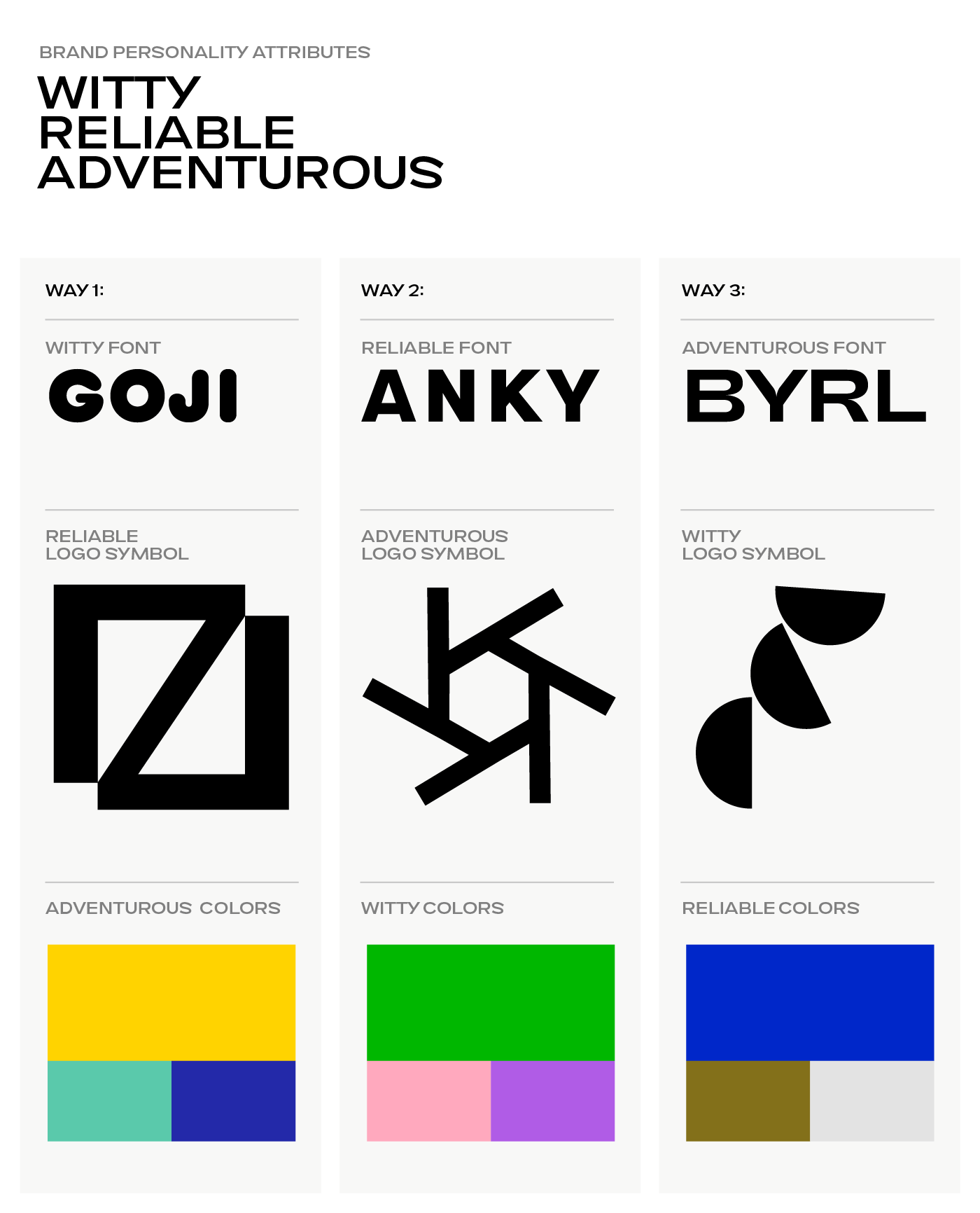
How to make a brand personality express itself through design:
- Color palette: A playful brand might lean towards bright, energetic colors, while a sophisticated brand might count on darker tones. Understanding how colors affect us can help you choose a palette that reflects your brand’s personality.
- Fonts: Fonts can be classy or modern, playful or approachable. Choose a typeface that reflects or complements your brand voice. Similarly, select images that visually represent your personality. Think action shots for the adventurous brand or clean, minimalist lines for the tech-savvy one. For an overview of font options, read more about fonts for logo designs.
- Logo symbol: Many brands use logo symbols or mascots to support their personality. These can be a fun way to connect with your audience, especially for brands targeting a local community. Thinking about different meanings of logo shapes are another way to embed brand personality when getting started with the design of a logo symbol. Or, get hundreds of ideas via our logo maker app.
What Usually Goes Wrong (and How to Get It Right)
Your brand design is only one part of your brand identity. Try not to package too many things you want to say into one element—may it be the colors, the logo, the font, or the way you say things (voice of tone).
Instead, distribute personality aspects among those elements. Usually, some aspects lend themselves to be one thing over the other more easily. And sometimes, aspects can contradict each other.
Designers figure out the best combination of all elements. For example, “funny” could be the way you write headlines and “reliable” is having a blue color palette (granted that your competitors aren’t blue). You could switch it and have a color palette to express the “funny” part of your brand personality and then write serious headlines that show reliability.
Same voice, every time. That’s how you get remembered, not skipped.
In a nutshell: Be you, be real, be memorable
Investing in brand personality is not a trendy thing to do. It’s the engine that builds brand loyalty, creates fans, and propels your business toward success. Take some time, figure out who your brand really is and should be, and let its personality go live. After all, people don’t connect with robots. People connect with cool people (even if those cool people don’t exist). Make your brand that friend people want to hang out with.
To visualize brand personalities, get started with your logo, color palette and font. Type a brand name in the input field below.
For exploring brand personality directly through fonts, visit our font shop.
